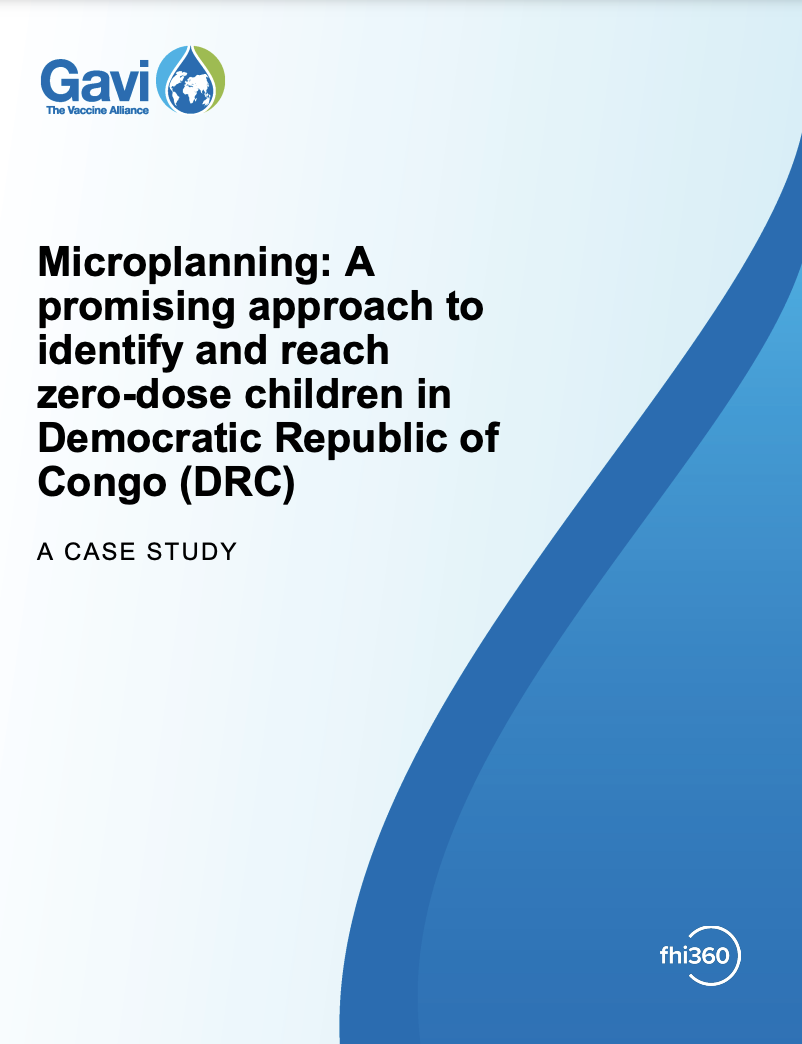National population mapping from sparse survey data: A hierarchical Bayesian modeling framework to account for uncertainty
Population estimates are critical for government services, development projects, and public health campaigns. Such data are typically obtained through a national population and housing census. However, population estimates can quickly become inaccurate in localized areas, particularly where migration or displacement has occurred. Some conflict-affected and resource-poor countries have not conducted a census in over 10 y. We developed a hierarchical Bayesian model to estimate population numbers in small areas based on enumeration data from sample areas and nationwide information about administrative boundaries, building locations, settlement types, and other factors related to population density. We demonstrated this model by estimating population sizes in every 10- m grid cell in Nigeria with national coverage. These gridded population estimates and areal population totals derived from them are accompanied by estimates of uncertainty based on Bayesian posterior probabilities. The model had an overall error rate of 67 people per hectare (mean of absolute residuals) or 43% (using scaled residuals) for predictions in out-of-sample survey areas (approximately 3 ha each), with increased precision expected for aggregated population totals in larger areas. This statistical approach represents a significant step toward estimating populations at high resolution with national coverage in the absence of a complete and recent census, while also providing reliable estimates of uncertainty to support informed decision making.
| Authors | Douglas R. Leasure, Warren C. Jochem, Eric M. Weber, Vincent Seaman, Andrew J. Tatem |
|---|---|
| Source | PNAS |
| Published | 2020 |



